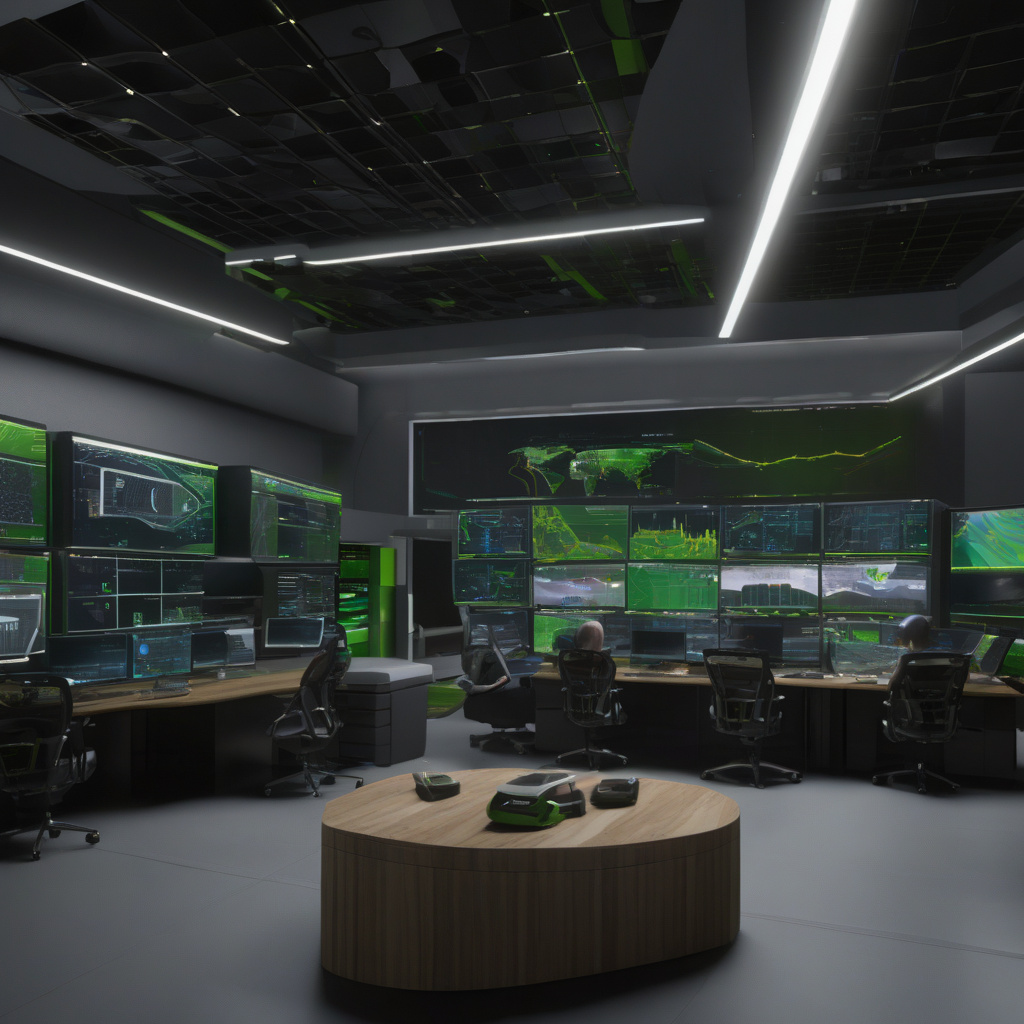NVIDIA continues to push the boundaries of AI innovation with its latest move to open source the KAI Scheduler. This groundbreaking development, unveiled at KubeCon Europe, promises to revolutionize how AI teams optimize GPU utilization within Kubernetes environments.
The KAI Scheduler represents a key advancement in GPU-centric scheduling, offering a powerful tool for streamlining workload management in AI applications. By open sourcing this technology, NVIDIA not only demonstrates its commitment to fostering collaboration within the AI community but also empowers developers to enhance performance and efficiency in GPU utilization.
For AI teams, the ability to optimize GPU resources is paramount in achieving peak performance and driving innovation. With the KAI Scheduler now available as an open-source solution, developers have unprecedented access to a sophisticated tool that can significantly impact the speed and scalability of AI workloads.
Imagine being able to fine-tune GPU utilization with precision, ensuring that computing resources are allocated efficiently to meet the demands of complex AI tasks. This level of control can lead to faster processing times, reduced latency, and ultimately, more accurate AI outcomes.
Moreover, by integrating the KAI Scheduler into Kubernetes environments, AI teams can seamlessly manage GPU resources alongside other workloads, creating a cohesive and streamlined infrastructure for AI development. This integration streamlines operations, enhances resource allocation, and ultimately maximizes the potential of GPU-accelerated applications.
In practical terms, the KAI Scheduler opens up a world of possibilities for AI teams looking to optimize their GPU utilization. For example, teams working on deep learning projects can leverage the scheduler to prioritize critical tasks, allocate resources based on workload requirements, and ultimately achieve faster training times for their models.
Additionally, AI teams can benefit from the scalability and flexibility offered by the KAI Scheduler, allowing them to adapt to evolving project demands and optimize GPU resources on the fly. This dynamic approach to workload management ensures that AI teams can meet deadlines, explore new research avenues, and stay ahead of the competition in a rapidly evolving AI landscape.
In conclusion, NVIDIA’s decision to open source the KAI Scheduler represents a significant milestone in AI development. By empowering AI teams to optimize GPU utilization effectively, NVIDIA is not only driving innovation within the industry but also fostering a culture of collaboration and knowledge sharing that benefits the entire AI community.
As AI teams continue to push the boundaries of what is possible with GPU-accelerated computing, the KAI Scheduler stands out as a powerful tool that can help them achieve their goals with speed, efficiency, and precision. By embracing this open-source solution, AI teams can unlock new levels of performance and usher in a new era of AI innovation.

